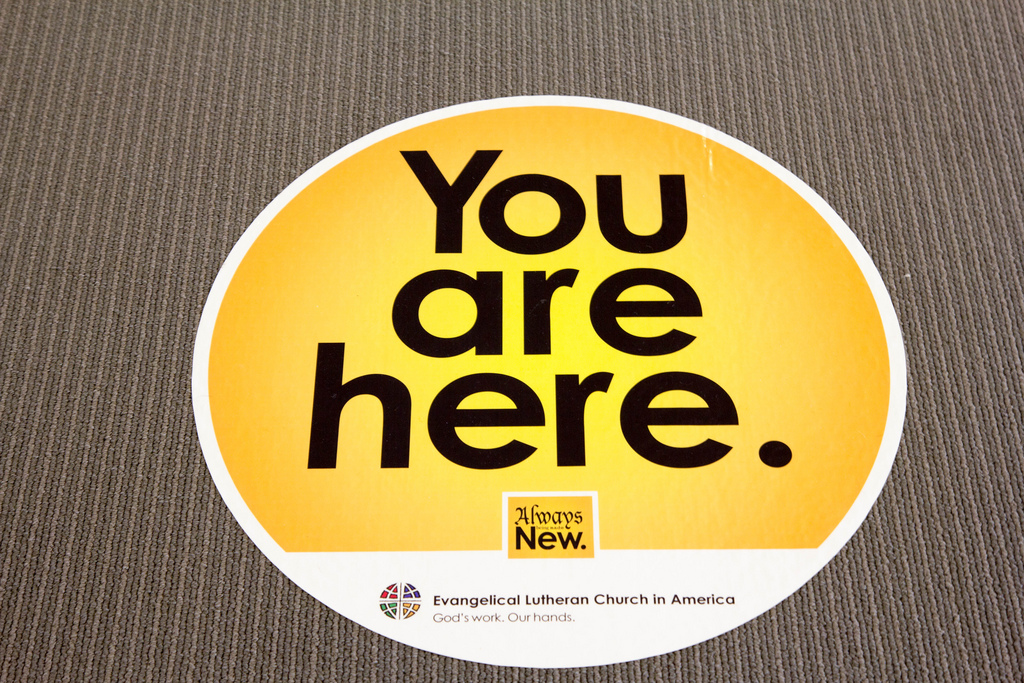
With two days between me and the assembly, I think it is time to start writing about it. This will be a good way for me to collect my thoughts and avoid more pressing matters like writing my approval essay, internship project essay, and my final internship evaluation. However, since it is late where I am, I’m going to start small.
With the assembly held in Pittsburgh, along the river in the David E. Lawrence Convention Center, the ELCA had a chance to be a little fun with its use of space. In one corridor connecting various upper rooms above the main space, the ELCA turned into the glass tunnel into a timeline. On each side of the corridor were pictures and short descriptions of important events in the life of the ELCA. Elections of bishops, celebrations, churches being planted, missionaries being sent, the usual. Even my mug made it up there in a picture I’ve never seen before. I don’t even know what face I was trying to make in that picture. It was either taken mid-laugh or I was busy working on my Olsen Twins face (say prune while smiling). At the end of the corridor was the sign above. It was tempting us to make history, wasn’t it?
I’ve been thinking about the story that is going to be told six months, a year, or more, after this assembly. Presiding Bishop Elizabeth Eaton’s election is important, but should it really be framed in terms of the 2009 decision to allow partnered gay and lesbians as publicly identified clergy? Is the story of loss and decline how this assembly should be read, implying that the election of Bishop Eaton was some kind of fluke to try and change things? From my vantage point, should loss – the loss of congregations, demographic changes, and social battles – really be the lens of our story? Can we truly be evangelists if loss is the ground from which we tell our story? What about strength – energy, vibrancy, life, newness – can’t that be our story too? I understand the desire to temper any excitement (we are Lutherans after all). But why define everything in terms of a reaction from something rather than a proactive action towards something? Why trap ourselves in a mindset that fakes itself into believing it is looking towards the future while, in reality, it is stuck in the past?
Like the sign above says – we are here. We are the sum of where we have come from. The history of the ELCA is bigger than any dozen signs can ever fully share. But we made honest, Spirit filled, grace-filled history last week. And f I have anything to do about it, and with God’s help, this most recent history will provide the fuel to change the conversation from one framed in loss into one framed in realistic hope, gain, and new life.
